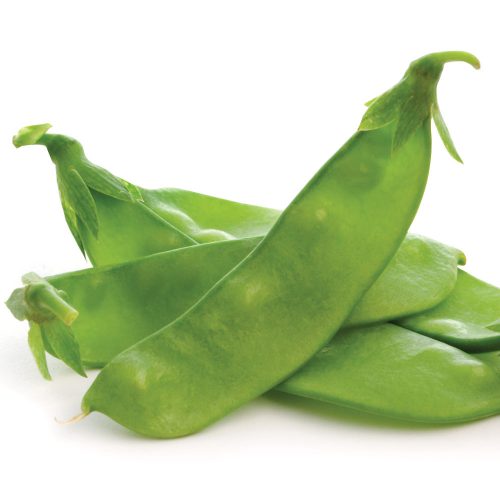
Broccoli
Broccoli is a good source of vitamin C, folate and fibre. It’s the nutritional star of the brassica family, as it has the highest levels of a sulphur compound that has been shown to inhibit the growth of some cancer cells and can kill the bacteria Helicobacter pylori, which cause stomach ulcers.
Broccoli is great steamed or in stir-fries, salads, pasta bakes and in curries. For something different, try it roasted or grilled in the oven with olive oil, garlic, seasoning and lemon zest, and serve with slivered almonds or a sprinkle of parmesan. The stalk is also edible (it’s best if you take off the tough outer skin first) and can be grated for slaws.
Recipe idea
Pumpkin
Pumpkin is an affordable vegetable that is a hearty addition to salads over the summer months. It is very versatile and is delicious roasted, mashed, pureed or turned into soups and curries. Pumpkin is also a good source of antioxidant vitamins A, C and E.
Top tip
Rather than struggling to cut up a whole pumpkin when raw, try cooking it whole. Just pierce the skin and cook until it becomes tender to chop. Remove it from the oven or microwave, remove the skin, chop or slice (careful, it will be hot) then continue cooking if needed. Believe it or not, you can actually eat the skin of roasted pumpkin if you want, for extra fibre.
Recipe ideas
Roasted vege and lentil salad
Prawn and pumpkin pizzas
Snow peas
Snow peas are a bright addition to salads and stir-fries. They are delicious cooked or raw and are eaten pod, peas and all. Snow peas are also rich in vitamin C. Be careful not to overcook them though.
Feel free to top, tail and slice the snow peas, but they can be served whole too. Imported snow peas are available in abundance through to February, but can be purchased in some areas through to April.
Recipe ideas
Quinoa pilaf with grilled chicken, feta and lemon
Spiced lamb with chickpea mash and courgette salad
Poached salmon, pasta and pea salad with mustard dressing
Fresh this month
Harvested in New Zealand gardens in February:
- Vegetables: Avocados, beans, beetroot, broccoli, cabbage, capsicums, carrots, cauliflower, celery, courgettes, cucumbers, eggplants, fennel, garlic, globe artichokes, kumara, lettuce, peas, potatoes, pumpkin, radishes, silver beet, spinach, spring onions, squash, sweet corn, tomatoes
- Herbs: Basil, chives, coriander, dill, oregano, parsley, rosemary, sage, thyme
- Fruit: Apples, apricots, blackcurrants, boysenberries, cherries, lemons, melons, nashi, nectarines, oranges, passionfruit, peaches, pears, plums, rhubarb, strawberries
Article sources and references
- Lister C. 2003. Antioxidants: a health revolution. Christchurch; New Zealand Institute for Crop & Food Research Limited.https://www.plantandfood.co.nz/page/home/search/
- Conaway CC et al. 2000. Disposition of glucosinolates and sulforaphane in humans after ingestion of steamed and fresh broccoli. Nutrition and Cancer 38:168-78https://www.ncbi.nlm.nih.gov/pubmed/11525594
- Fahey JW et al. 2002. Sulforaphane inhibits extracellular, intracellular, and antibiotic-resistant strains of Helicobacter pylori and prevents benzo[a]pyreneinduced stomach tumors. Proceedings of the National Academy of Sciences 99:7610-5https://www.ncbi.nlm.nih.gov/pubmed/12032331
- Galan MV et al. 2004. Oral broccoli sprouts for the treatment of Helicobacter pylori infection: A preliminary report. Digestive Diseases Sciences 49:1088-90https://www.ncbi.nlm.nih.gov/pubmed/15387326
- Yanaka A et al. 2009. Dietary sulforaphane-rich broccoli sprouts reduce colonization and attenuate gastritis in Helicobacter pylori–infected mice and humans. Cancer Prevention Research 2:353-60https://www.ncbi.nlm.nih.gov/pubmed/19349290
www.healthyfood.com










